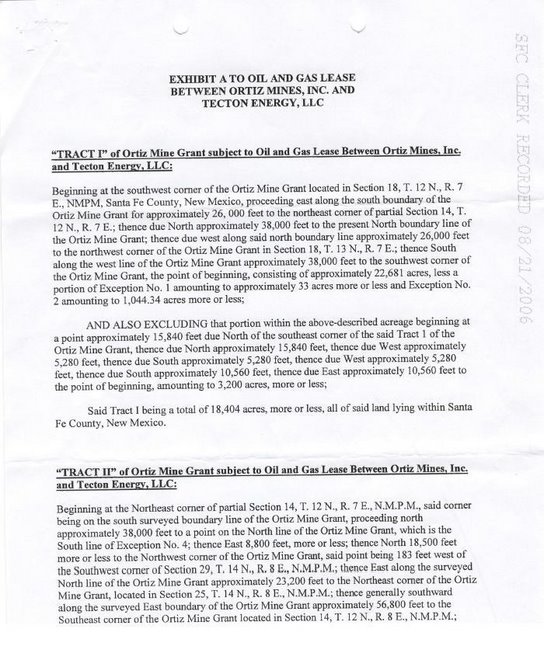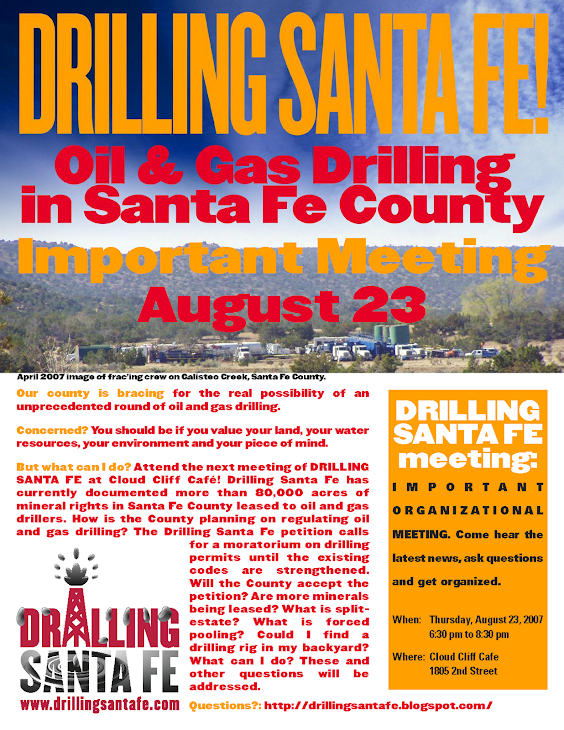June 18, 2010
"Roughly five million liters of dispersants have now been used to break up the oil spilling into the Gulf of Mexico, making this the largest use of such chemicals in U.S. history. If it continues for 10 months, as long as Mexico's Ixtoc 1 blowout in 1979 in the same region, the Macondo well disaster has a good chance of achieving the largest global use of these chemicals, surpassing 10 million liters.
And there is no doubt that dispersants are toxic: Both types of the dispersal compound COREXIT used in the Gulf so far are capable of killing or depressing the growth of a wide range of aquatic species, ranging from phytoplankton to fish. "It's a trade-off decision to lessen the overall environmental impact," explained marine biologist Jane Lubchenco, director of the National Oceanic and Atmospheric Administration (NOAA), at a press conference on May 12. "When an oil spill occurs, there are no good outcomes."
The trade-off in this case is the addition of toxic chemicals in a bid to protect the marshes of Louisiana and the beaches of Florida. But the U.S. Environmental Protection Agency (EPA), for one, has become concerned about the toxicity of the most-used dispersant at the Gulf of Mexico spill—COREXIT 9500—and ordered BP to look at alternatives. (COREXIT 9527 was used earlier during the spill, but it was discontinued because it was considered too toxic.)
The problem? The EPA's industry-generated data is unclear as to the relative toxicity of various dispersants. "If you think the data on COREXIT is bad, try to find any decent toxicology data on the alternatives," says toxicologist Carys Mitchelmore of the University of Maryland's Chesapeake Biological Laboratory, who helped write a 2005 National Research Council (NRC) report on dispersants. "I couldn't compare and contrast which one was more toxic than the other based on that."' More>>>>






















No comments:
Post a Comment